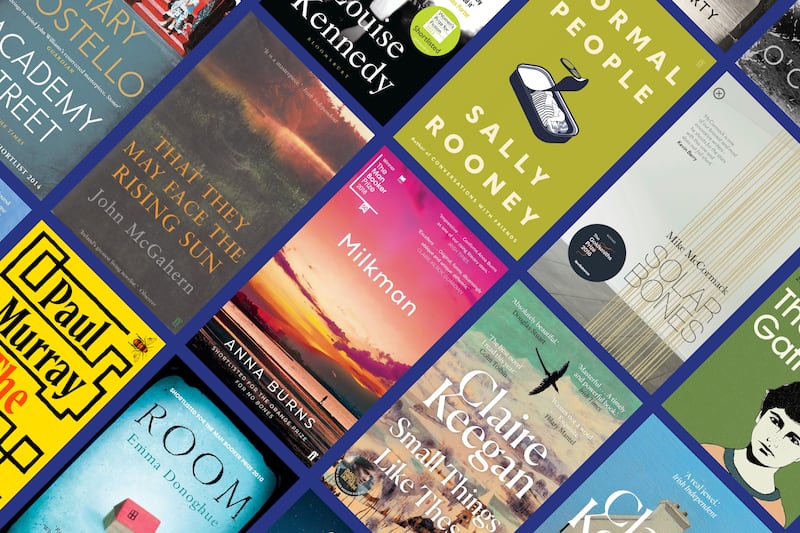You don’t have to be rich to be awful, and you don’t have to be awful to be rich, but a compelling fascination ensues when the two coincide. Add contemporary art for a truly heady cocktail. At the coal face of rich awfulness for more than a decade, Orlando Whitfield worked as a London art dealer and gallerist; for some of that time with erstwhile friend, Inigo Philbrick.
“Our names are ridiculously impractical,” Philbrick admits at one point in the narrative, but in this tale of greed, excess and lies so slippery you feel as if you’re skating on the surface of a weirdly mirrored reality, the extravagant names are just the tip of an almost unbelievable iceberg.
[ Why has Damien Hirst been burning thousands of his paintings?Opens in new window ]
[ Passion investments soar as art and handbags see record pricesOpens in new window ]
In brief, Philbrick, who was released from a US prison into house arrest in January of this year, pleaded guilty to multimillion-dollar art fraud in 2021. Quite simply he sold shares in the same art works to too many people, and also sold works he didn’t own. How can such a thing happen? Surely if you buy a work of art, you own it and hang it in your home.
Not in this part of the art world: art is collateral, an asset class, a way of moving money around, something to flip for profit. It is telling that early in the book, Whitfield, who writes with brilliantly descriptive, and often tendentious eloquence, goes into detail on the demeanour and clothes of a buyer, but dismisses the art work in two words: “the [Paula] Rego”.
All that Glitters has all the ingredients: Philbrick (now 36) is handsome and charming, and you get a gallop through famous art world names, shady people, and plenty of flash clubs and fine wine. But don’t make the mistake of thinking that this is what art is. This is what money does to art. From property to the environment, it’s the same: rich awful people ruin everything.
Early on, Whitfield dismisses all those who don’t deal in phone-book figures as bottom feeders, but he himself is conflicted. The narrative of his friendship with Philbrick that weaves through the book is elusive, and this is just one of the forthcoming capitalisations. In March, Vanity Fair published a lengthy “Confessions of Inigo Philbrick” and a BBC series will air this summer.















